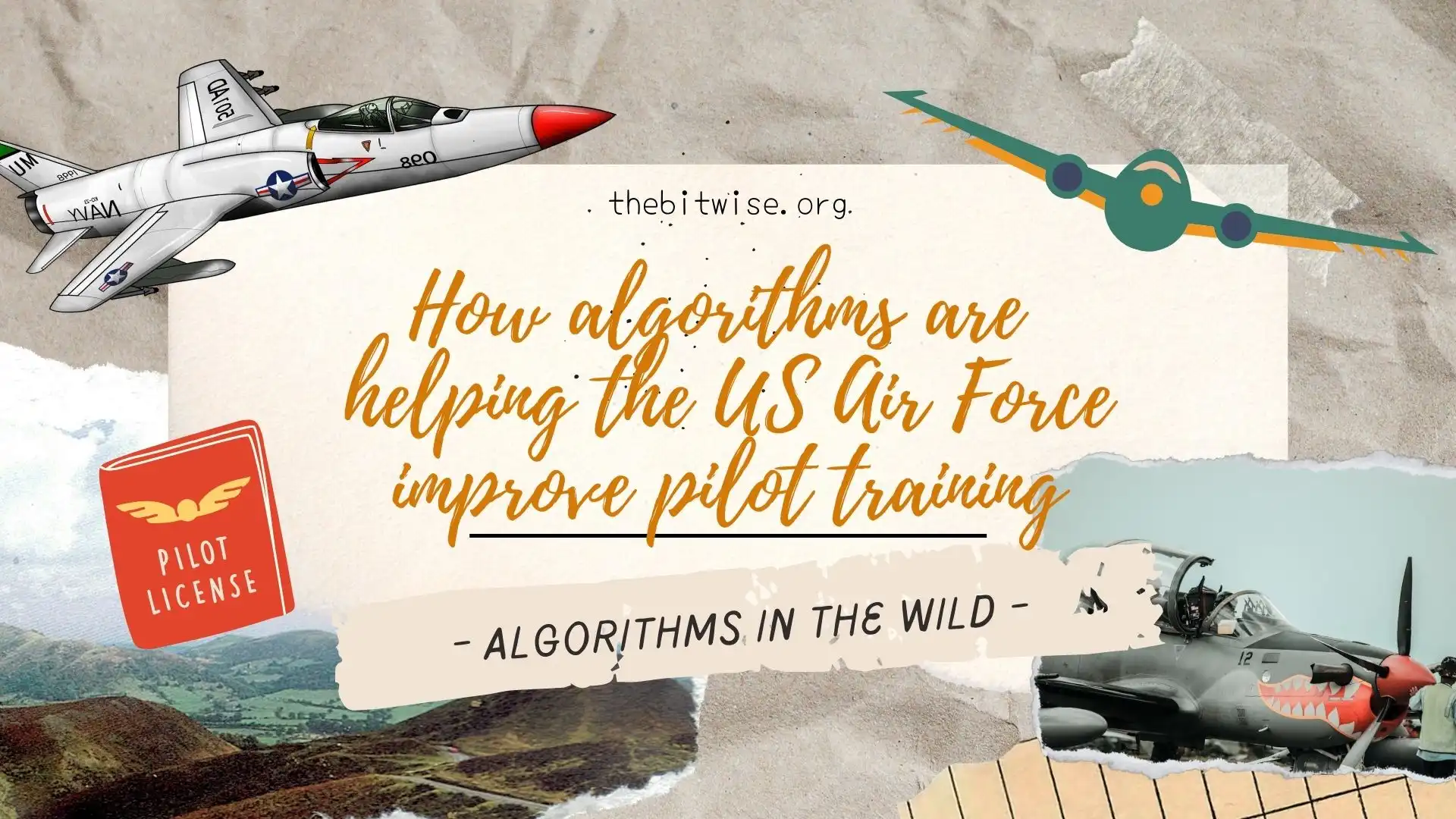
Algorithms in the Wild (Sep 2, 2022)
Hope you had a great week and have wonderful long weekend! Here are a few fun links featuring real life algorithms from this week…
What is your cat saying to you? MeowTalk is a cat translation app that aims to answer that question! This article requires an NY Times login but here’s another article from the BBC on the same topic.
MeowTalk is the product of a growing interest in enlisting additional intelligences – machine-learning algorithms – to decode animal communication. The idea is not as farfetched as it may seem. For example, machine-learning systems, which are able to extract patterns from large data sets, can distinguish between the squeaks that rodents make when they are happy and those that they emit when they are in distress. – Emily Anthes, NY Times
An analysis of email data from over 2,000 people at MIT finds a decline in weak ties during the COVID-19 pandemic. “Weak ties” in social networks are thought to be very important in generating and sharing new ideas. They also occur much more naturally over in-person interactions. What do you think would help to foster and maintain these “weak ties” in remote and hybrid work environments?
Ratti and his colleagues suggest that as companies and organizations refine their post-lockdown remote work policies, they should try to find ways to encourage serendipitous interactions across departments and research units to foster the spread of new and diverse information. As Ratti explains, those interactions create exposure for those involved to “a diverse set of people and ideas.” At the same time, the study authors acknowledged that remote or hybrid work offers advantages to individuals, especially in terms of flexibility. – Michaela Jarvis, MIT News Office
This monkey dialed 911! What are the chances of that? (Thanks to Deanna for the story!)
Ian Stewart, an emeritus professor of math at the University of Warwick, told the BBC that it would actually take “longer than the age of the universe” for a monkey — or a virtual monkey — to randomly type a flawless re-creation of Shakespeare’s works. – Nicholas Goldberg, LA Times
This man’s AI-generated artwork took home the top award in its category at the Colorado State Fair. What do you think about AI-generated artworks? On one hand, there’s obviously a lot of human effort and direction involved in producing these works. On the other hand, the resulting works are composed from millions of images from other people. This article requires an NY Times login but here’s another article from The Verge on the same topic.
What makes the new breed of A.I. tools different, some critics believe, is not just that they’re capable of producing beautiful works of art with minimal effort. It’s how they work. Apps like DALL-E 2 and Midjourney are built by scraping millions of images from the open web, then teaching algorithms to recognize patterns and relationships in those images and generate new ones in the same style. That means that artists who upload their works to the internet may be unwittingly helping to train their algorithmic competitors. – Kevin Roose, NY Times
Panera Bread is testing out voice-ordering technology to automate ordering in drive-thru lanes. Natural language processing algorithms such as voice-ordering technology can be quite accurate now!
Panera Bread is using OpenCity’s voice-ordering technology, called Tori. … At Panera, customers will interact with Tori when they pull up to the drive-thru speaker. Panera employees will be on standby to offer assistance and to take payment for orders. … The test will be used to evaluate if Tori should be expanded to more Panera restaurants, Panera’s operating chief, Debbie Roberts, said in a statement. About 45% of Panera’s more than 2,000 locations have drive-thru lanes. – Amelia Lucas, CNBC


